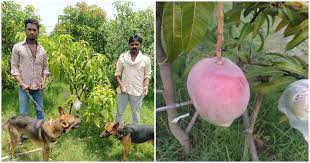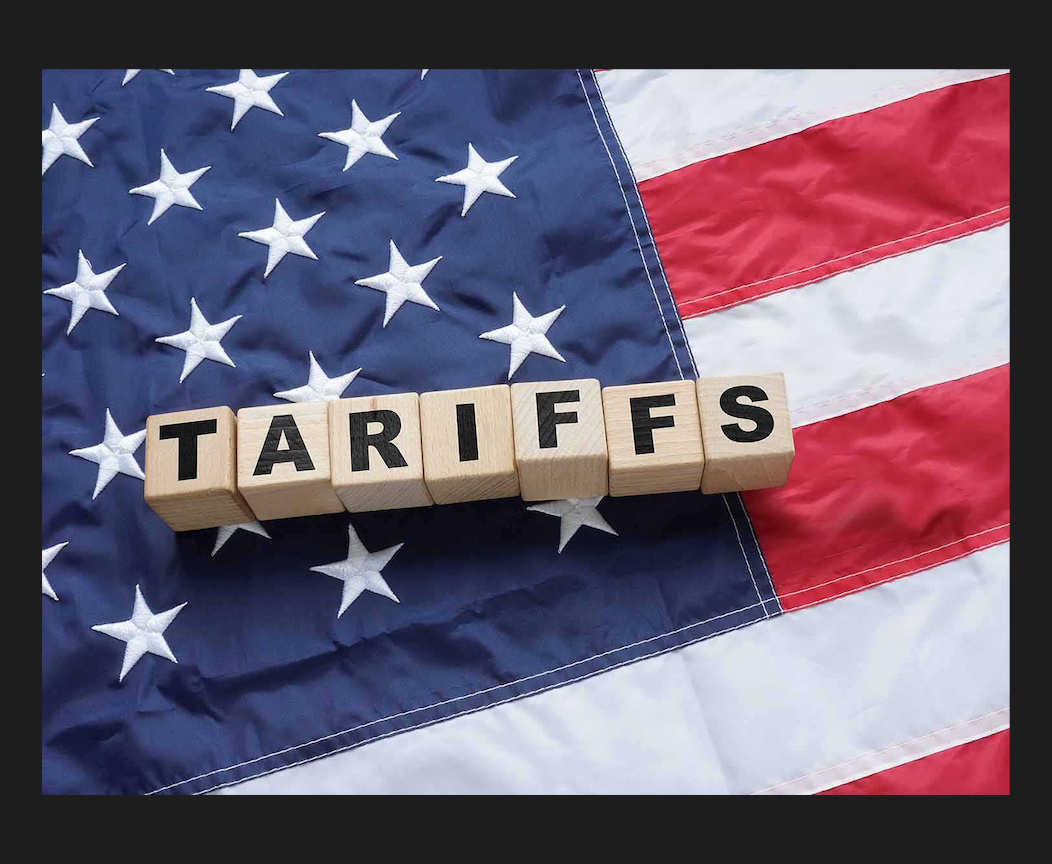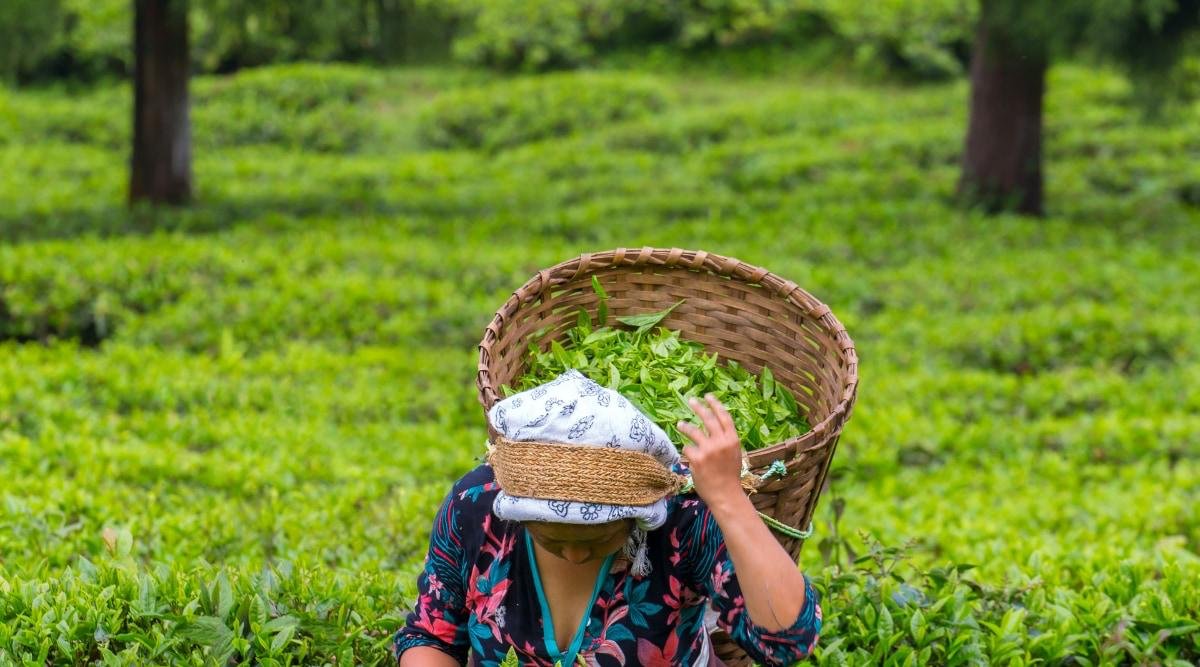PRAVASISAMWAD.COM
Sankalp Parihar and his wife Rani, a couple from Jabalpur, Madhya Pradesh, say they were given the mango sapling from a co-passenger on a train journey
Did you know that there’s a mango on the market that costs Rs. 2.70 lakhs per kg. So now, assuming that a large-sized mango will give you 4 cut slices and the seed in the middle, each one of them would cost Rs.40,000 approximately, the equivalent of a sumptuous, five-course meal for four persons in a seven-star hotel. Or that much money could perhaps provide a poor family two square meals for the next four months or more.
And incidentally while we are on the subject of the most expensive foods in the world, it might interest connoisseurs and food lovers to know about some of the most expensive food items available in five-star hotels. Decidedly the most expensive is a plate of ‘White Pearl Caviar’, made from the eggs of a rare Albino fish. On an A La Carte menu, the dish is priced at an earth-shaking $300,000. Hmm, just reading the price on the menu card could give people with the strongest of stomachs the ‘collywobbles’.
Other expensive food items include Escargots, a variety of edible land snails, priced at $2 per ounce (approximately 20 gms); frog legs priced at $99.99 per 5 pounds and Caviar priced at $25,000 per kg.
Sankalp Parihar and his wife Rani, a couple from Jabalpur, Madhya Pradesh, were travelling by train when a fellow passenger gave them a mango sapling in a spontaneous gesture of goodwill and kindness. The obvious thing to do was plant the sapling, which they did as soon as they reached home. Little did they know that they had unknowingly planted a gold mine.
When the tree matured and began to bear fruit, a horticulture expert told them that this was an extremely rare and exotic Japanese mango, known as ‘Miyakazi’ and until now was never ever known to grow anywhere outside Japan. Ever since then Jabalpur has become the centre of media attention. The couple soon had to deploy security guards and six dogs in the orchard to protect the mangoes, as the word has already spread about the mango’s taste and price.
And incidentally while we are on the subject of the most expensive foods in the world, it might interest connoisseurs and food lovers to know about some of the most expensive food items available in five-star hotels. Decidedly the most expensive is a plate of ‘White Pearl Caviar’, made from the eggs of a rare Albino fish. On an A La Carte menu, the dish is priced at an earth-shaking $300,000. Hmm, just reading the price on the menu card could give people with the strongest of stomachs the ‘collywobbles’
Miyazaki mangos primarily grow in Japan and command an astronomical price in the market. Priced currently at them Rs 21,000 per kilogram of the Japanese fruit, in the international market the price of the fruit went up to Rs 2.70 lakh per kilogram, last year.
Selling at Rs 21,000 per kg in India, the fruit originally from Japan, known as ‘Miyazaki’, sold in the international market last year for Rs 2.70 lakh per kg.
Explaining about the fruit, Japan Brand, says, “Some may find it surprising to know that mango, a popular tropical fruit, also grows in Japan. Thanks to its subtropical climate, with the most daylight hours and the highest precipitation levels in Japan. Miyazaki has natural tropical and subtropical vegetations. As a result, agricultural and livestock farming is one of the main industries here.
“The dream of Miyazaki mango was seeded by farmers who wanted to become mango growers in 1985. In 1986, two farms began implementing a pilot project. Eight more farms then joined the following year. However, it turned out to be a very difficult undertaking, particularly because they could not figure out why black spots were disfiguring the mangoes. As a result, farmers couldn’t get any returns in terms of revenue from their Mango growing. One day, they realised that ripened mangos that had fallen naturally on the ground were delicious.”
They came up with the new idea of placing a net under each mango so that it wouldn’t fall after it had ripened. In this way, Miyazaki farmers finally succeeded in creating the sweet and delicious mangoes of their dreams! Soon after this, they created the brand name “Sun Egg” for these ripened mangos, whose sugar level is quality controlled at 15 percent or more, said the Japan Brand.
“Various products have been developed from the juice of Sun Eggs, including drinks, Jell-O, jam, pies and caramel. Mango pudding mix and mango wine are also very popular,” it said.









